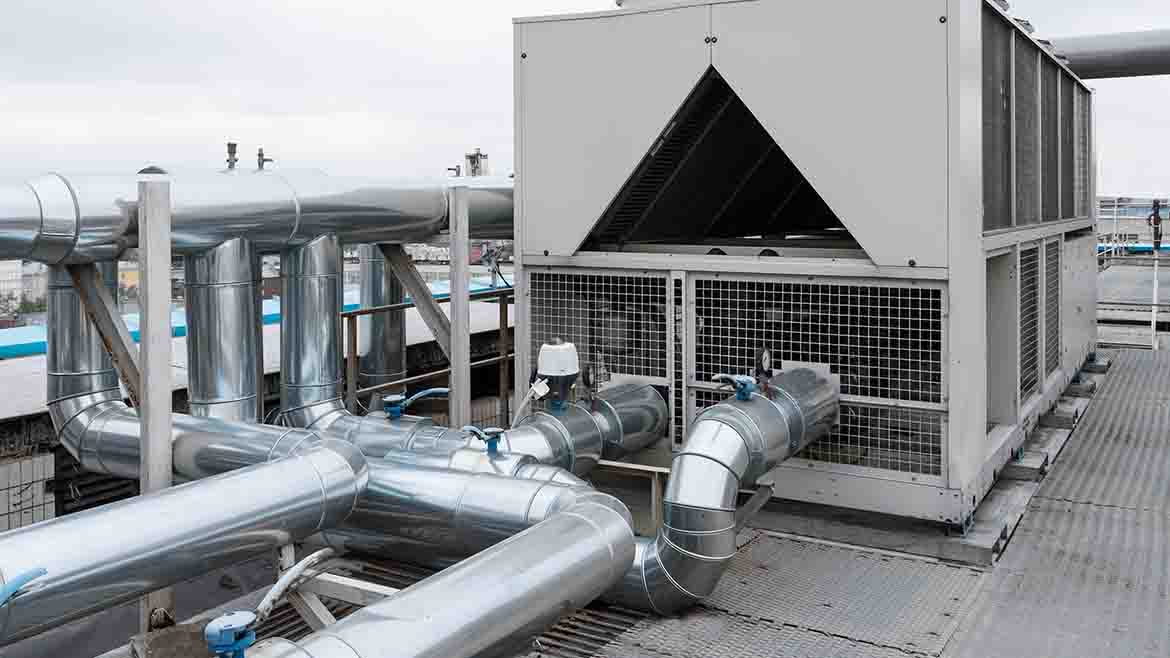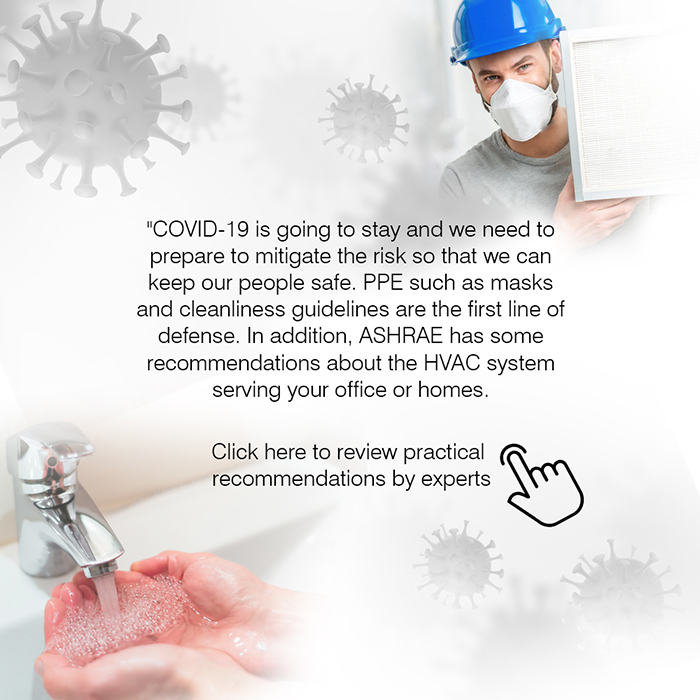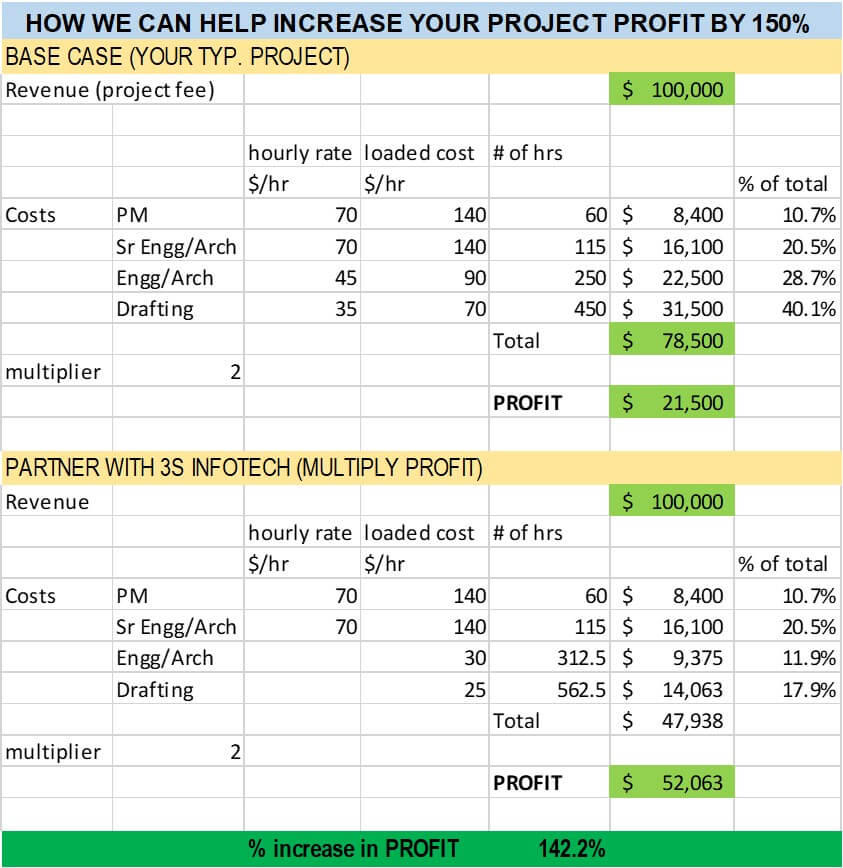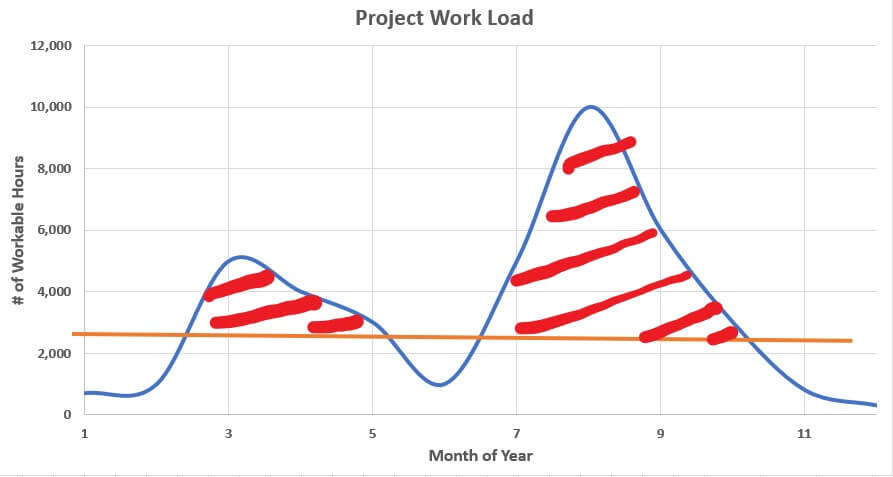Commissioning Variable Primary Chiller Plant

One of the most significant ASHRAE Standard 90.1-2010 updates was the requirement for HVAC commissioning on most projects greater than 50,000 sq ft. The U.S. Green Building Council’s LEED Energy and Atmosphere perquisite 1 (EAp1) requires fundamental commissioning of building energy systems.
Most chiller plant and fan system commissioning can produce energy savings that can pay off in six months to two years and create value for the owner for the entire life of the equipment. The payback is even quicker for facilities that operate 24×7, like hospitals, data centers, 911 centers, telecom equipment buildings, and others.
Our engineering firm validated the significance of commissioning during an HVAC commissioning project at an existing telecom equipment building in Illinois. The owner didn’t have a commissioning plan and invited the design team to perform acceptance commissioning (carry out functional performance tests on HVAC systems). The building is more than 20 years old with gross floor area of approx. 350,000 sq ft. It has three floors including basement. Half of the building houses telecom equipment like switches, transport equipment, a rectifier plant, and a battery plant, which require cooling for 8,760 hours in a year. This is a low heat density environment, and a traditional air handling unit (AHU) with distribution ductwork is able to cool the equipment. The other half of the building consists of offices for support staff. Most of the offices are vacant and currently served by an existing system independent of the system serving telecom equipment.
The need for commissioning
In the HVAC system upgrade project, for which construction was completed a year ago, a new chiller plant and air handlers were added to the building. The HVAC equipment was dedicated for cooling telecom equipment. One year after the substantial completion and start-up, the design team was called to commission the project and solve the following maintenance issues:
- The chiller would shut down on low flow several times a week and would generate an alarm.
- The chiller plant was designed to operate with one pump (the second pump was designed as a redundant pump), but the maintenance team was operating both pumps together to avoid tripping of the chiller on low flow.
- When the pump’s variable frequency drive (VFD) was manually put on bypass mode, it would overload and the motor would become hot. Eventually, the motor would trip on high temperature.
- Maintenance was also experiencing high humidity in the telecom equipment space.

The new cooling equipment consists of a central chiller plant and AHUs. The chiller plant consists of one 90-ton packaged air cooled chiller, two chilled water pumps (primary and redundant), two chilled water cooling coils (one at each air handler), and pressure-independent valves at each cooling coil and bypass. The chiller plant is designed as variable primary system (see Figure 1).
AHU-1-1 and AHU-2-1 have a chilled water cooling coil and 100% outside air economizer. The outside air economizer provides free cooling whenever ambient temperature and humidity allow. AHU-1-1 is located on the first floor and serves the basement and first floor. AHU-2-1 is located on the second floor and serves only the second floor. The air handlers are equipped with high-efficiency filters.
The chiller plant and air handlers were oversized for future capacity. The building owner was expecting to double the load in the building over the next five years and wanted the engineer to design the system for ultimate future capacity. The HVAC system upgrade was a large capital expense, and the owner wanted it to serve current as well as future needs.

Commissioning, troubleshooting
The design team carefully reviewed, measured, and tested data including air- and water-side tests and balance reports. The team also reviewed the BAS logs and trends, and visited the site to find following operational issues:
- The chiller differential pressure (DP) switch that monitors the minimum flow through the chiller was set for the full design flow (189 gpm), as opposed to minimum flow as specified by the manufacturer (100 gpm).
- Chilled water pumps were controlled to maintain 18 psi across the most remote AHU coil pressure-independent valve, as opposed to 5 psi required by design. This was unnecessarily pressurizing the system and wasting pump energy.
- The flowmeter controlling the bypass valve was not calibrated and was calling for the bypass valve to open 100% of the time. The flowmeter was controlled to maintain full design flow through the system at all times.
- The chiller was seeing delta T of 3 F. The chiller plant was suffering from low delta T syndrome.
- During bypass mode, the pump would ride so low on the pump curve that it would overload and trip the motor.
- The air handler supply air temperature was in the range of 64 to 67 F. This gave very little opportunity for de-humidification, resulting in high space humidity (62% to 65% relative humidity, RH).
To resolve these issues and save a substantial amount of energy, the following steps were taken in a sequential manner while carefully observing system performance over two days:
- The chiller DP switch was replaced. DP on the switch was set to flow corresponding to the minimum flow-through chiller as specified by the manufacturer (100 gpm).
- Chiller water pumps were now controlled to maintain 5 psi across the most remote AHU coil pressure-independent valve as required by the design.
- The flowmeter was calibrated and the bypass valve was set to maintain 100 gpm through the chiller.
- With these changes, the engineering team was able to run the chiller plant with only one pump operating. As a bonus, the pump didn’t trip the VFD, which was put on bypass because it would never ride that low on the pump curve (see Figure 2).
- The air handler supply fans were ramped down to 60% and 65% of full speed using a VFD. This dropped the supply air temperature to 58 to 59 F and space humidity to 54% to 55% RH.

Energy savings
The above measures not only solved all operational issues, but also created significant energy savings for the owner. The energy savings from pumps and fans were calculated to be $8,163 per year. This also represents the lost energy savings potential because commissioning was delayed by almost a year. The total cost for commissioning was $5,800. This results in a simple payback of 8.5 months. If these issues were not addressed, the owner would have spent an additional $163,263 over the life of equipment (20 years), without considering any increases in utility costs and interest rates.
Commissioning is one of the most complex and important parts of building construction. ASHRAE 90.1-2010 has mandated it on all HVAC systems in commercial buildings larger than 50,000 sq ft, and it is also a prerequisite in LEED v3. It is widely recognized and proven that commissioning pays back in less than two years—and often sooner.
The owner was delighted with the results of the HVAC commissioning at the end of the project. The building owner has a policy of actively pursuing energy savings projects that pay back in less than two years. It was also a big boost for the commissioning team, which also served as the design team in this case.




